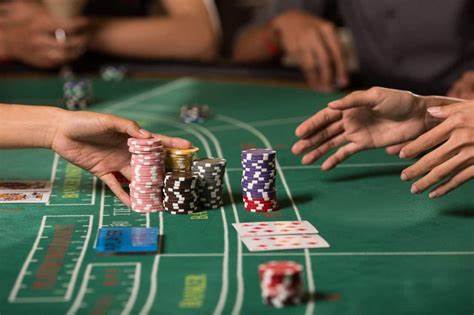On Tuesday the Reserve Bank of Australia lifted the official cash rate to an 11-year high of 3.85 per cent. The last time Australia experienced a similarly aggressive tightening of monetary policy was also when Ray Price or Mr Perpetual Motion led the Paramatta Eels to a Premiership. Incidentally, this remains their most recent Premiership as well, as I cheerfully remind every Eel supporter at the start of a new season.
That aside the ASX200 fell more than 1 per cent in the blink of an eye and the Australian dollar rocketed up 1 US cent, to more than 67 US cents, in the space of 45 minutes, a move that usually would take days or weeks.
The RBA Governor Philip Lowe explained that the decision to raise interest rates was due to their concern about controlling inflation. While acknowledging that increased interest rates made things more difficult for mortgage holders, high inflation also “makes life difficult for people and damages the functioning of the economy.”
Governor Lowe also foreshadowed that “some further tightening of monetary policy may be required” to get inflation down. Indeed, with a headline inflation rate at 7%, this is considerably above the RBA’s inflation mandate of 2 to 3 %.
For someone holding the average Australian mortgage of $600,000 then these interest rate rises have added almost $1,400 to their monthly repayments. Which dramatically impacts the amount that can be spent on food, energy and other utilities. This interest rate rise and the potential for further rate rises will inevitably stretch borrowers’ wallets to their limits.
Indeed, the RBA estimated that 15 % of all mortgage holders will experience negative cash flow with an official cash rate of 3.75 % or put another way they won’t have enough money to pay their mortgage and put food on the table.
Unemployment is now at 3.5 % and is tipped to climb to 4.5 per cent, which is roughly about a further 150,000 people out of work. The RBA expects the economy to expand just 1.25 per cent this year with the overall population expected to grow to somewhere between 1.6 per cent to almost 2 per cent.
In other words, there’s going to be less economic pie to share with a growing number of hungry Australians. It’s a recession in everything but name.
The NAB and AMP have both increased their probabilities of Australia slipping into a recession from 40 per cent to 45 per cent, with AMP saying a “consumer recession” which to most Australians will feel like a recession, even if one is technically avoided.
Both chief economists Alan Oster and Shane Oliver said a technical recession two consecutive quarters of negative economic growth could be achieved with another interest rate increase.
The decision puts even more pressure on Treasurer Jim Chalmers to deliver a budget next Tuesday that provides cost of living relief for the most exposed members of society, while also putting downward pressure on inflation. Something that is akin to a camel threading the eye of a needle.
In closing I would say the RBA Governor and the Board have made it clear about their intent in the quote below.
“The board remains resolute in its determination to return inflation to target and will do what is necessary to achieve that.”
Expect more interest rate rises.

